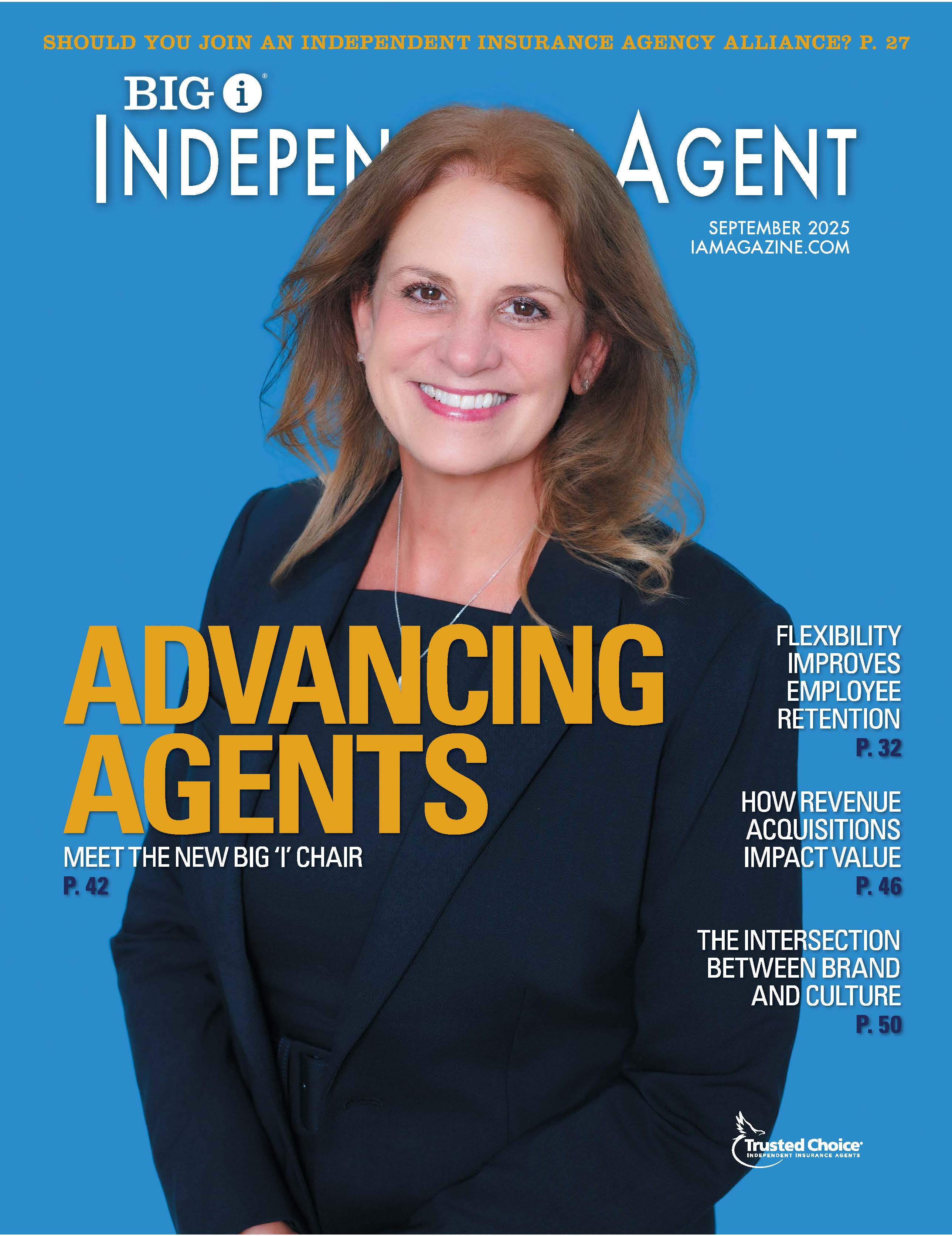5 Best Practices for SMS Insurance Marketing

By: Grace Lau
In 2023, it’s safe to say that most people keep their phones close by. That makes short message service (SMS)—better known as texting—an essential tool for insurance marketing.
Voicemails are easily ignored, and many emails end up in spam folders. Text messaging is a quick, direct and often underutilized way to contact potential clients. But what’s the most effective way to do this?
Here are five best practices in SMS marketing:
1) Never use a personal number. The first mistake many make, especially in smaller companies, is to use personal numbers to message clients. Personal and business messages should be kept separate. This not only helps to avoid confusion but also ensures a degree of professionalism.
While you could invest in business numbers or cell phones for your team, a Voice over Internet Protocol (VoIP) business phone system offers companies a unified platform that helps to streamline communications.
Integrated solutions utilize VoIP messaging, allowing you to use a virtual number to send and receive text messages. It also means all client numbers, information, and messages are organized. Plus, you can choose your phone number or caller ID, so your customers know who is contacting them.
2) Automate messages. SMS may be a great medium of business communication, but if you send a significant number of messages, it can be difficult to keep up. Using text messaging software, you can automate your texts to make the process quicker and more functional.
The most effective way to automate messages is to create templates for each type of SMS. These can then be personalized before scheduling if needed. You can also set up code words when using automation software to add or remove clients from messaging lists. You’ll also want to make sure to include a trackable URL in your SMS so you can see if your link gets clicked.
3) Give your client the opportunity to opt-out. Just because your clients have decided to use your service doesn’t mean they want to receive messages. In fact, the Federal Communications Commission (FCC) has regulations around electronic communications, so make sure your agency is following all applicable rules when you text clients.
4) Look at the frequency of messaging. Getting the frequency of messages right when using SMS for insurance marketing can be challenging. You may decide to send important information, such as updates on claims, payment reminders, and policy changes, to clients. But more personalized marketing messages should be tailored to your client base’s preferences.
For example, consider sending a message to collect customer feedback if your client has recently made a claim. In addition, some clients may appreciate a short and sweet ‘Happy Birthday!’ message or personalized offers.
Remember that customers are more likely to ignore or opt out of receiving SMS if they feel they are being bombarded with irrelevant marketing messages.
5) Use a friendly but professional tone. Hitting the right tone in an SMS takes time and practice. Generally, it is best to keep messages conversational and clear.
Avoid using slang or any language that could be seen as inappropriate or unprofessional. Instead, stick within your brand guidelines, and use customers’ names to add a personal touch to messages.
Grace Lau is the director of growth content at Dialpad, an AI-powered platform for better and easier team collaboration. She has over 10 years of experience in content writing and strategy.










